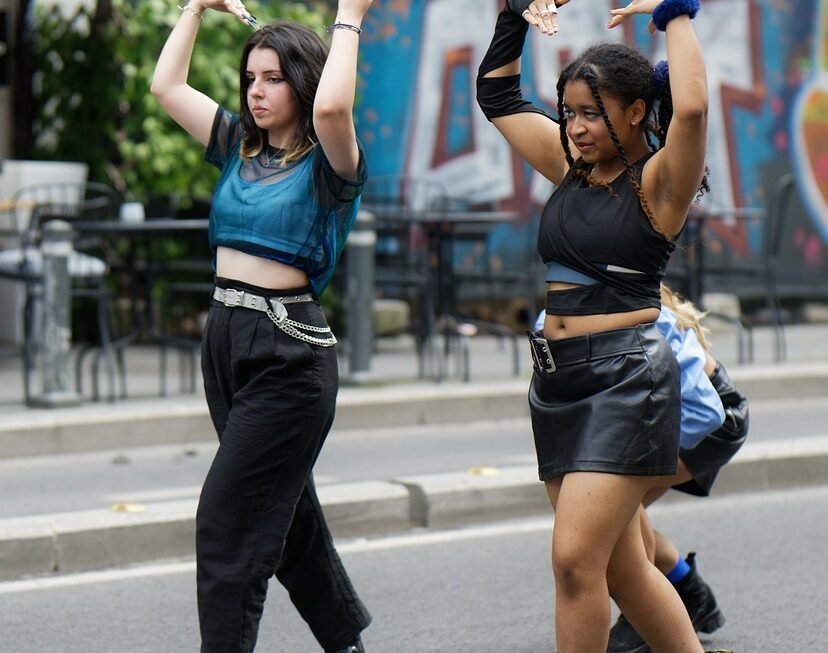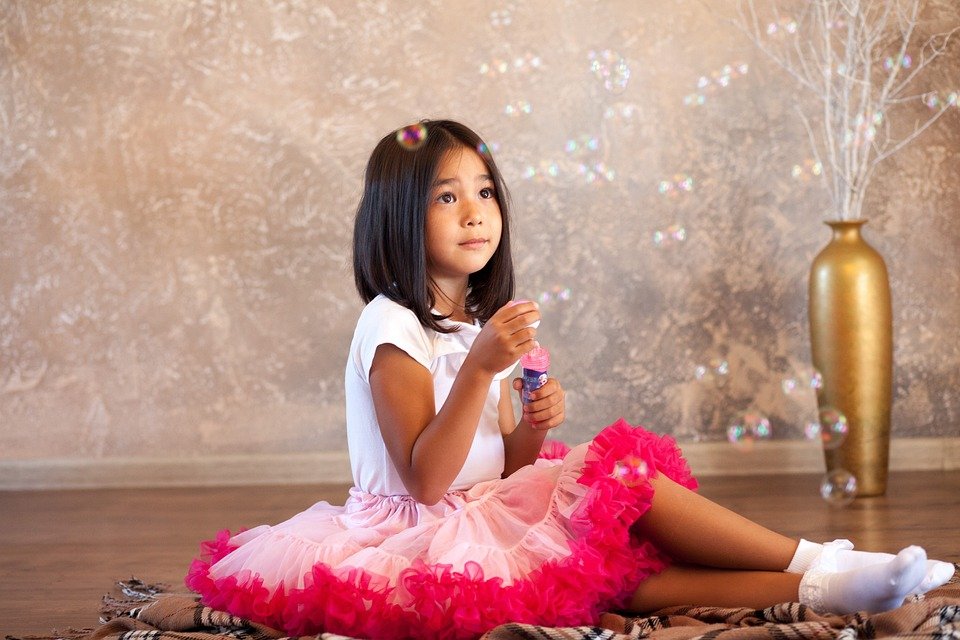Public art has the power to transform communities in profound ways, bringing people together, sparking conversations, and igniting a sense of pride and belonging. One of the most impactful forms of public art is the mural, which can be found adorning the walls of buildings in cities and towns around the world. These large-scale artworks can tell a story, convey a message, or simply beautify a space, but their impact can go far beyond mere aesthetics.
Mural art has a long and rich history, dating back to ancient civilizations who used murals to decorate their temples and public spaces. In the modern era, mural art has become a powerful tool for social change, activism, and community building. From the iconic murals of Diego Rivera in Mexico to the vibrant street art of Banksy in the UK, murals have been used to challenge the status quo, raise awareness about social issues, and inspire positive change.
One of the key benefits of public art, and murals in particular, is their ability to transform neglected or blighted areas into vibrant, welcoming spaces. By bringing color, beauty, and creativity to otherwise dull or rundown spaces, murals can breathe new life into a community, attracting visitors, boosting local pride, and creating a sense of place. In this way, public art can play a crucial role in revitalizing neighborhoods, fostering economic development, and improving quality of life for residents.
Moreover, murals can serve as a powerful form of storytelling, capturing the history, culture, and identity of a community in a visually striking way. Whether depicting local landmarks, highlighting the achievements of community members, or celebrating the diversity of the population, murals can help to foster a sense of connection and belonging among residents. They can also serve as a platform for marginalized voices, providing a space for expression and empowerment for those who may not have a voice in mainstream society.
In addition to their aesthetic and social benefits, murals can also have a positive impact on mental health and well-being. Research has shown that exposure to art can reduce stress, anxiety, and depression, and improve overall mood and emotional well-being. By creating beautiful, thought-provoking murals in public spaces, communities can provide a source of inspiration and positivity for residents, helping to create a more inclusive and supportive environment for all.
Overall, the power of public art, and murals in particular, to transform communities is undeniable. By bringing color, creativity, and storytelling to public spaces, murals can help to revitalize neighborhoods, foster social cohesion, and promote positive change. As we continue to embrace the value of public art as a tool for community building and social progress, we can look forward to a future where every wall is a canvas for transformation and empowerment.




